Indian Navy’s mega war game in the Indian Ocean Region
On October 20, 2020, India re-invited the Australian Navy after 2007 to join maritime exercise Malabar 2020, thereby completing the Quad (Quadrilateral Security Dialogue)
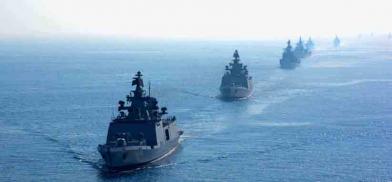
On October 20, 2020, India re-invited the Australian Navy after 2007 to join maritime exercise Malabar 2020, thereby completing the Quad (Quadrilateral Security Dialogue). On October 27, 2020, the Basic Exchange and Cooperation Agreement (BECA) between India and the US came into effect.
BECA will allow the US armed forces to provide advanced navigational aids and avionics on US-supplied aircraft to India. Sharing geospatial intelligence with the US through BECA will boost the Indian military’s accuracy of automated hardware systems and weapons like cruise missiles, ballistic missiles, and drones.
Also, it is a key step for India when it comes to acquiring armed drones such as MQ-9B from the US to counter growing Chinese influence in the Indo-Pacific region. The two countries have also been stepping up their engagement with Australia and Japan, the other two members of the Quad.
In January 2021 Indian Navy began its largest war game, the biennial Theatre Level Operational Readiness Exercise (TROPEX 21), currently underway, comprising all operational units of the Indian Navy, including ships, submarines, aircraft as well as units of the Indian Army, Indian Air Force, and Coast Guard. The exercise will culminate by the third week of February.
The exercise is being conducted over a vast geographical expanse in the Indian Ocean Region (IOR) including its adjunct waters and is aimed at testing combat readiness of the navy in a complex multi-dimensional scenario set in the context of the current geo-strategic environment. The exercise also aims to validate the navy’s offensive-defensive capabilities, safeguard national interests in the maritime domain and promote stability and peace in the IOR. The conduct of TROPEX-21 is being overseen by naval headquarters with the participation of all three commands of the Indian Navy and the Tri-Services Command at Port Blair.

TROPEX-21 is being progressed over distinct phases that also test the navy's transition from peacetime to hostilities. In the first phase, the Indian Navy had conducted coastal defence exercise ‘sea vigil’ along the entire coastline and island territories of India on January12-13, 2021. This exercise aimed to validate the coastal defence setup of the country, which was entirely revamped after the 26/11 terror attacks at Mumbai.
The exercise witnessed large-scale participation from the Indian Navy, Coast Guard, Marine Police of 13 coastal states and union territories along with other stakeholders in the maritime domain. Valuable lessons emerging from the exercise are being incorporated in the existing procedures to further fine-tune the coastal defence architecture of the country.
Exercise Sea Vigil was followed by a large-scale tri-service joint amphibious exercise AMPHEX-21, which was conducted in the Andaman and Nicobar group of islands from January 21-25. The amphibious exercise was aimed at validating India’s capabilities to safeguard the territorial integrity of its island territories and enhance operationally synergy and joint warfighting capabilities amongst the three Services.
The Weapon Workup Phase of TROPEX, which concluded recently, witnessed multiple ‘on-target’ ordnance deliveries including missiles, torpedoes, and rockets from frontline warships, aircraft and submarines and demonstrated the lethal firepower of the Indian Navy and reaffirm the navy’s capability to carry out long-range maritime strikes in the IOR, a capability that is central to meeting operational challenges and ensuring safe seas and secure coasts.
Such a largescale theatre level exercise puts to test and validates the navy’s concept of operations in various conflict scenarios, hone its warfighting skills, bolster its role towards maritime security in the wider IOR and is in keeping with the theme of being a combat ready, credible, and cohesive force.
(The author is a former spokesperson, Ministry of Defence)



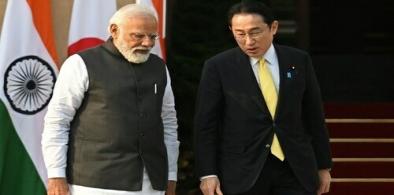
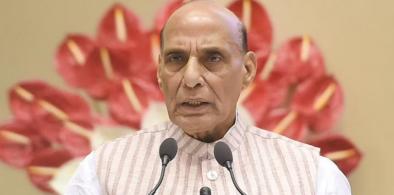
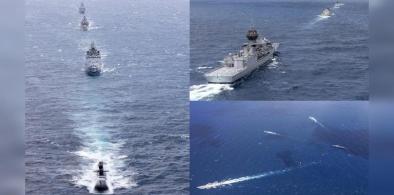
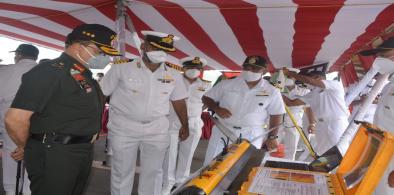
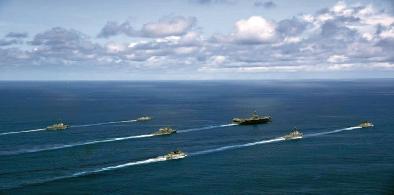
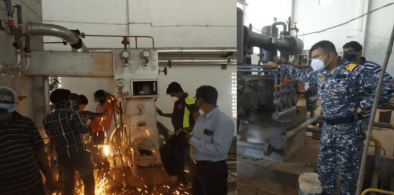
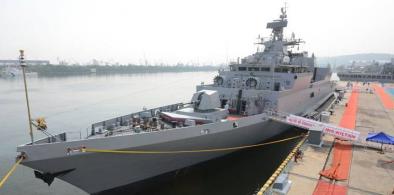
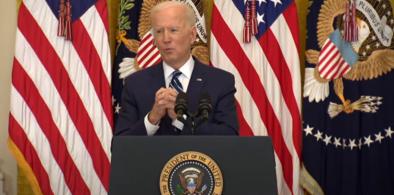











Post a Comment